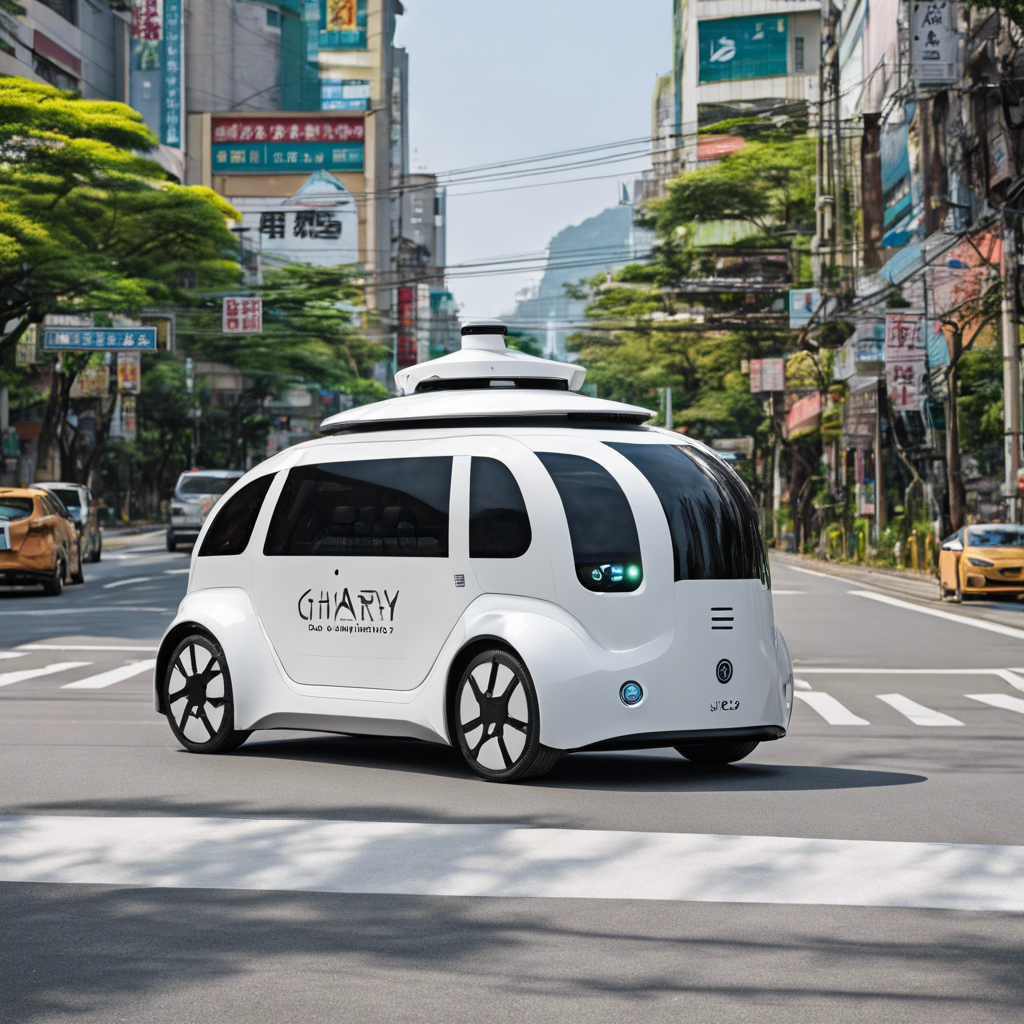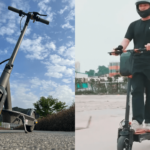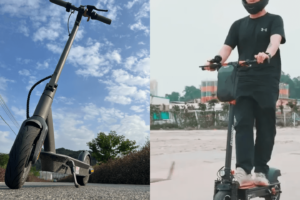Welcome to the future of transportation in Taipei! Imagine cruising through the bustling streets of this vibrant city in a self-driving gharry, experiencing the perfect blend of tradition and technology. Taipei’s self-driving gharry has revolutionized how people travel, offering convenience and efficiency like never before. Let’s delve into the fascinating world of this innovative mode of transport and explore its history, benefits, challenges, and what the future holds for this cutting-edge technology.
History and Development of the Self-Driving Gharry
The history and development of the self-driving gharry in Taipei is a fascinating journey that showcases the intersection of traditional transportation with cutting-edge technology. The concept of a self-driving carriage dates back centuries, but it’s only in recent years that advances in artificial intelligence and automation have made it a reality.
In Taiwan, where gharrys have been an iconic mode of transport for generations, integrating self-driving technology was a natural progression to enhance efficiency and sustainability. Engineers and innovators worked tirelessly to blend the charm of the old-world gharry with the precision of modern autonomous systems.
This evolution wasn’t without its challenges; navigating Taipei’s bustling streets required intricate mapping algorithms and real-time data processing. As the technology matured, so did public acceptance, leading to increased adoption rates among commuters looking for a convenient and eco-friendly way to travel around the city.
Advantages of Using a Self-Driving Gharry in Taipei

Imagine cruising through the vibrant streets of Taipei in a self-driving gharry, experiencing the convenience and efficiency it offers. One of the significant advantages is the reduction in traffic congestion, as these autonomous vehicles can navigate routes more efficiently than traditional modes of transportation.
Moreover, self-driving gharrys contribute to environmental sustainability by minimizing carbon emissions and promoting eco-friendly travel options. This technology also enhances safety on the roads by reducing human error and potential accidents.
Additionally, passengers can enjoy a comfortable and relaxing ride without having to worry about parking or navigating unfamiliar streets. Self-driving gharrys provide a cost-effective solution for commuting within Taipei, offering a convenient alternative to owning a vehicle in the city.
Embracing this innovative mode of transport not only revolutionizes urban mobility but also elevates the overall quality of life for residents and visitors alike.
How Does the Self-Driving Gharry Work?
Imagine stepping into a self-driving gharry in Taipei, where technology seamlessly merges with tradition. The self-driving gharry operates through advanced sensors and GPS systems, allowing it to navigate the bustling city streets autonomously.
Equipped with artificial intelligence algorithms, the vehicle can detect obstacles, pedestrians, and traffic signals in real time. It processes this information to make split-second decisions for a smooth and safe ride.
Passengers can simply input their destination using a user-friendly interface or voice commands. The gharry then calculates the most efficient route based on traffic conditions and road closures.
As the journey progresses, passengers can relax and enjoy the sights of Taipei while onboard cameras monitor surroundings for added security. Once arrived at their destination, passengers disembark knowing they’ve experienced a unique blend of heritage and innovation in transportation technology.
Challenges and Limitations of Self-Driving Gharry Technology
While self-driving gharry technology presents a promising future for transportation in Taipei, it also comes with its fair share of challenges and limitations. One major obstacle is the need to navigate complex city streets filled with unpredictable human drivers, pedestrians, and cyclists. The technology must constantly adapt to changing traffic conditions in real-time to ensure passenger safety.
Another challenge is the requirement for advanced sensors and algorithms to accurately detect obstacles, road signs, and other vehicles. Ensuring these systems work flawlessly under all weather conditions adds another layer of complexity. Moreover, developing trust among passengers towards autonomous vehicles remains an ongoing challenge that requires time and positive user experiences.
Additionally, legal and regulatory frameworks need to be established or updated to address liability issues in case of accidents involving self-driving vehicles. Privacy concerns related to data collection by these vehicles also require careful consideration moving forward. Despite these challenges, continual advancements in technology are gradually overcoming these limitations for a future where self-driving gharrys could revolutionize urban mobility.
Future Outlook and Potential Impact on Transportation Industry
As we look towards the future of transportation in Taipei, the potential impact of self-driving gharry technology is immense. With continuous advancements in AI and automation, self-driving vehicles are set to revolutionize how people commute within the city.
The integration of self-driving gharrys can lead to increased efficiency in transportation systems, reducing traffic congestion and enhancing overall mobility for residents and visitors alike. This could ultimately contribute to a more sustainable urban environment by minimizing emissions and fuel consumption.
Moreover, embracing this innovative technology has the potential to create new job opportunities in areas such as maintenance, programming, and fleet management. As Taipei continues to evolve into a smart city, self-driving gharrys could be at the forefront of transforming public transportation infrastructure.
The future outlook for self-driving gharry technology holds promise for reshaping the transportation industry in Taipei and beyond.
Conclusion
As Taipei continues to innovate and evolve its transportation systems, the introduction of self-driving gharry technology marks a significant advancement in the industry. The blend of traditional charm with modern convenience offers an exciting glimpse into the future of urban mobility.
With its history rooted in tradition and its development embracing cutting-edge technologies, the self-driving gharry presents a unique solution for navigating Taipei’s bustling streets. While challenges exist, such as regulatory hurdles and technological limitations, the potential benefits outweigh these obstacles.
As we look towards the future, it is clear that self-driving gharry technology has the potential to revolutionize transportation in Taipei and beyond. By harnessing automation and connectivity, these vehicles can offer passengers a safe, efficient, and sustainable mode of travel.
Taipei’s self-driving gharry represents a harmonious blend of past heritage and future innovation – a symbol of progress that paves the way for smarter cities and enhanced urban experiences.









